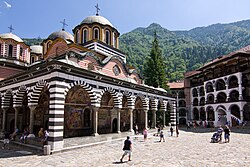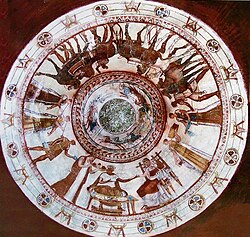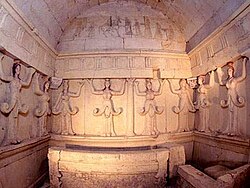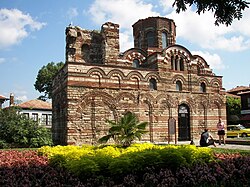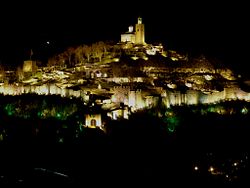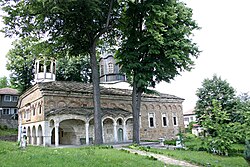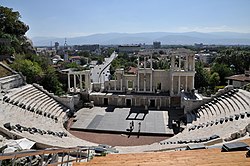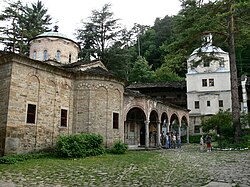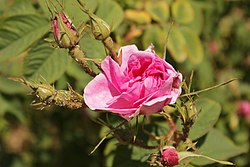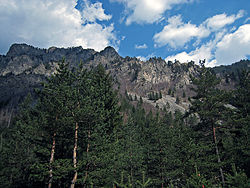- Surva, Masquerade games
- Koprivshtitsa folklore fair
Tourism in Bulgaria is a significant contributor to the country's economy. Situated at the crossroads of the East and West, Bulgaria has been home to many civilizations: Thracians, Greeks, Romans, Eastern Romans or Byzantines, Slavs, Bulgars, and Ottomans. The country is rich in tourist sights and historical artifacts, scattered through a relatively small and easily accessible territory. Bulgaria is internationally known for its seaside and winter resorts.
Contents
- Statistics
- Arrivals by country
- Tourist attractions
- UNESCO World Heritage Sites and Intangible Cultural Heritage List
- Ethnic, cultural and historical tourism
- Resorts and nature tourism
- National Parks
- Caves and waterfalls
- Nature landforms and formations
- See also
- References
- External links
Bulgaria attracted over 13 million foreign tourists in 2024, according to the latest data from the National Statistics Institute. [1] Tourists from five countries (Romania, Turkey, Greece, Germany and United Kingdom) account for approximately 50% of all visitors. [2] The sector contributed to 15% of GDP and supported 150,000 workplaces in 2014. [3] [4]



